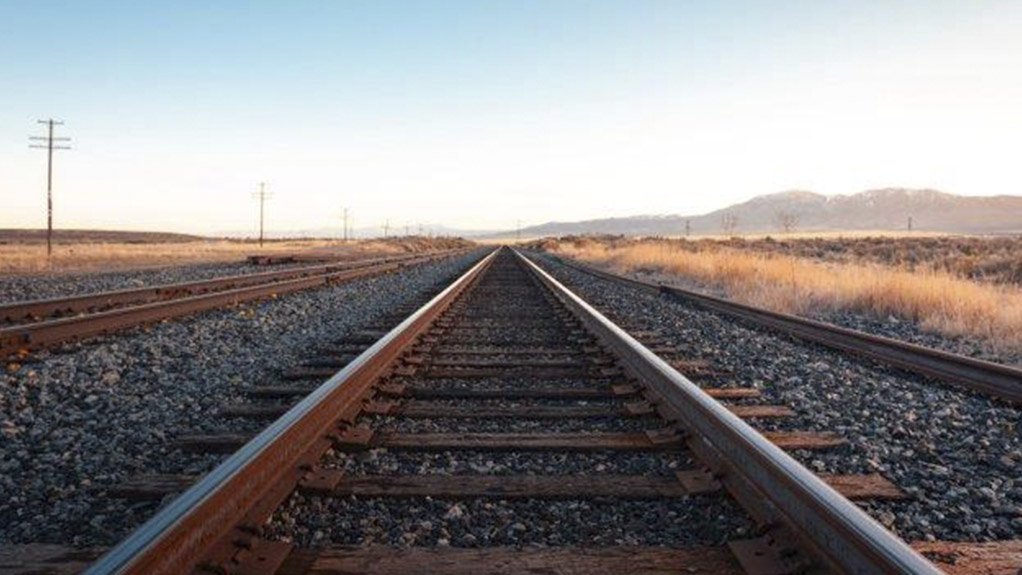IZA Africa Desk expresses ‘serious concern’ at steady decline in uptake of galvanized steel
This article has been supplied as a media statement and is not written by Creamer Media. It may be available only for a limited time on this website.
The steady decline in the uptake of galvanized steel in South Africa is directly related to the drop-off in manufacturing activity and the dwindling number of construction and civil engineering projects on the go. This is the message from the Africa Desk of the International Zinc Association (IZA), with coordinator Simon Norton expressing “serious concern” at the current state of affairs.
South Africa produced 110 000 t of refined zinc in 2001, in addition to importing 19 000 t for local consumption. “The bulk of this refined zinc would have been used to protect steel for construction, rail and mining projects,” points out Norton.
However, the spiralling input cost of electricity resulted in South Africa’s only zinc refinery closing in 2011, with a similar refinery in Namibia shutting down in 2020 due to process technology issues. This means that at present there is no zinc refinery on the continent, with South Africa relying on costly zinc imports from Kazakhstan, Brazil and South Korea to meet local demand.
In the more recent past, refined zinc imports dropped from 86 700 tons in 2014 to 47 000 tons in 2020, pointing to a decline in the use of galvanized steel in particular. “This means that South Africa’s zinc usage has plummeted from 129 000 t to 47 000 t over 20 years. We are the only major country in the world at present where zinc usage is on a downward spiral,” highlights Norton.
Testament to this decline is the fact that the number of galvanizers in South Africa has dropped from 38 to just over 20 in under a decade. “We may soon reach the position where there is no galvanizing capacity available in the country at all,” cautions Norton.
Such a scenario will be catastrophic for steel corrosion protection. Galvanized steel is commonly used for essential infrastructure such as electrical and railway power pylons, structural steel in water and wastewater plants, wire and fencing, structural steel for mining and coastal civil engineering applications, roofing and sheeting, steel drums for fruit juice and automotive body panels, among many others.
“This is an urgent situation that, if not halted by decisive action, will lead to South Africa becoming even more dependent on foreign imports,” stresses Norton. “The remedies are many and complex, and we do not believe that any masterplan will achieve anything in this regard.” This is a reference to the signing of the steel and metal fabrication sector masterplan on Friday 11 June by Minister of Trade, Industry and Competition Ebrahim Patel and industry stakeholders.
The masterplan was the outcome of a draft document unveiled in October last year as a consolidation of discussion outcomes between various industry players, a government-appointed facilitator and public entities. Norton believes the time for plans has past and that drastic action is needed to halt the decline in galvanized steel usage.
Norton concludes: “The passenger rail network, which is in a shocking state, needs to be rebuilt. This will provide a huge amount of employment, consume significant tonnages of galvanized steel and eventually offer comfortable rail transport. The IZA Africa Desk sees a dedicated and massive focus on the South African passenger rail rebuild as the key project involving government and the private sector that will boost civil engineering and revitalise the local steel, zinc and galvanizing industry.”
Comments
Press Office
Announcements
What's On
Subscribe to improve your user experience...
Option 1 (equivalent of R125 a month):
Receive a weekly copy of Creamer Media's Engineering News & Mining Weekly magazine
(print copy for those in South Africa and e-magazine for those outside of South Africa)
Receive daily email newsletters
Access to full search results
Access archive of magazine back copies
Access to Projects in Progress
Access to ONE Research Report of your choice in PDF format
Option 2 (equivalent of R375 a month):
All benefits from Option 1
PLUS
Access to Creamer Media's Research Channel Africa for ALL Research Reports, in PDF format, on various industrial and mining sectors
including Electricity; Water; Energy Transition; Hydrogen; Roads, Rail and Ports; Coal; Gold; Platinum; Battery Metals; etc.
Already a subscriber?
Forgotten your password?
Receive weekly copy of Creamer Media's Engineering News & Mining Weekly magazine (print copy for those in South Africa and e-magazine for those outside of South Africa)
➕
Recieve daily email newsletters
➕
Access to full search results
➕
Access archive of magazine back copies
➕
Access to Projects in Progress
➕
Access to ONE Research Report of your choice in PDF format
RESEARCH CHANNEL AFRICA
R4500 (equivalent of R375 a month)
SUBSCRIBEAll benefits from Option 1
➕
Access to Creamer Media's Research Channel Africa for ALL Research Reports on various industrial and mining sectors, in PDF format, including on:
Electricity
➕
Water
➕
Energy Transition
➕
Hydrogen
➕
Roads, Rail and Ports
➕
Coal
➕
Gold
➕
Platinum
➕
Battery Metals
➕
etc.
Receive all benefits from Option 1 or Option 2 delivered to numerous people at your company
➕
Multiple User names and Passwords for simultaneous log-ins
➕
Intranet integration access to all in your organisation





















